Innovations in Carbon Capture and Storage (CCS) Integration within Oil and Gas Drilling
As the global community ramps up efforts to tackle climate change, the incorporation of Carbon Capture and Storage (CCS) technology into oil and gas drilling operations appears as a vital option. While these businesses are critical to the world energy supply, they also contribute heavily to carbon dioxide emissions. This article explores the complexities, challenges, and promising opportunities associated with Carbon Capture and Storage implementation in oil and gas drilling.
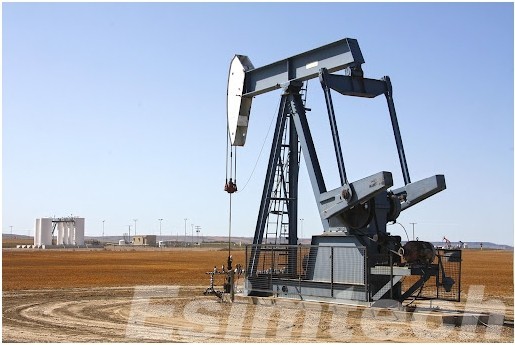
The Imperative of Carbon Capture and Storage in Oil and Gas Drilling
Oil and gas drilling activities contribute significantly to greenhouse gas emissions through a variety of processes such as drilling mud circulation, venting, and flaring. Integrating CCS technology into these processes offers a compelling alternative for capturing and storing carbon dioxide emissions before they are discharged into the atmosphere, reducing environmental impact in drilling and supporting climate change mitigation efforts.
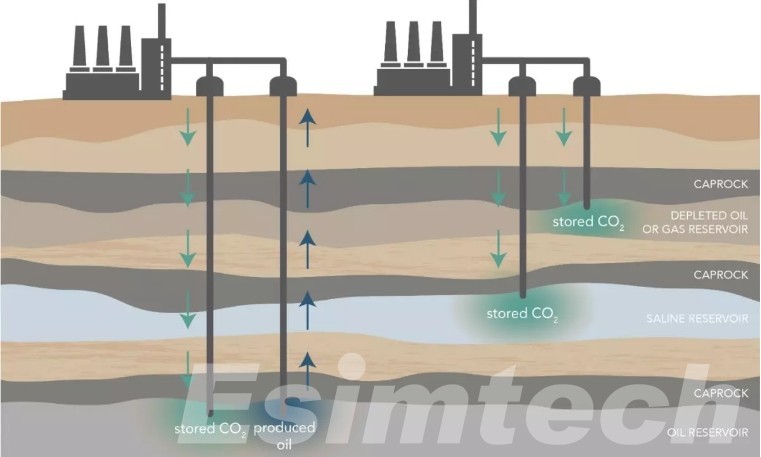
Technological Innovations Driving Carbon Capture and Storage Integration in Oil and Gas Drilling
Carbon Capture and Storage technology has advanced, making it more applicable to oil and gas drilling operations. Innovations include the development of mobile CCS units capable of capturing carbon dioxide directly at drilling sites. These units employ advanced capture techniques such as solvent-based absorption or membrane separation to efficiently capture emissions from flue gases and drilling processes.
Moreover, advancements in drilling techniques, such as horizontal drilling and hydraulic fracturing, offer new opportunities for Carbon Capture and Storage integration. Directional drilling enables the creation of dedicated injection wells for carbon storage, while hydraulic fracturing techniques can enhance the permeability of storage formations, facilitating more efficient carbon dioxide injection and storage.
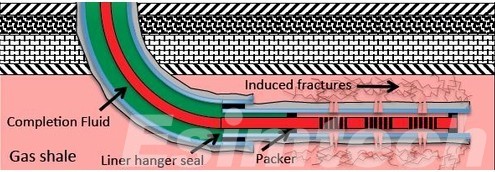
Benefits and Opportunities of Carbon Capture and Storage in Oil and Gas Drilling
The integration of Carbon Capture and Storage technology in oil and gas drilling operations offers several significant benefits.
1. Emission Reduction
Oil and gas drilling activities can significantly reduce their carbon footprint by capturing and storing carbon dioxide emissions, helping to meet global emission reduction targets.
2. Regulatory Compliance
CCS integration enables oil and gas companies to fulfill increasingly demanding regulatory requirements for carbon emissions while avoiding penalties and demonstrating environmental responsibility.
3. Enhanced Sustainability
Adopting CCS technology improves the sustainability profile of oil and gas drilling projects, making them more appealing to investors and stakeholders concerned with environmental effect.
4. Economic Diversification
CCS integration allows oil and gas firms to diversify their revenue streams by engaging in carbon offset markets or using CCS in enhanced oil recovery (EOR) projects.
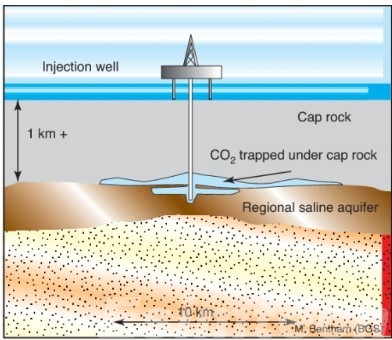
Challenges of Carbon Capture and Storage in Oil and Gas Drilling
Below is a chart outlining some of the key challenges associated with Carbon Capture and Storage (CCS) in oil and gas drilling
| Challenges | Description |
| High Initial Cost | Significant upfront investment required for CCS infrastructure, equipment, and implementation. |
| Technical Complexity | CCS integration introduces technical challenges in drilling operations, requiring specialized equipment and expertise. |
| Site Selection and Storage Integrity | Identifying suitable underground storage sites and ensuring long-term containment to prevent leakage. |
| Regulatory Compliance | Meeting stringent regulatory requirements regarding CCS implementation and carbon emissions. |
| Public Perception | Addressing public concerns and building acceptance of CCS technology, especially regarding underground storage. |
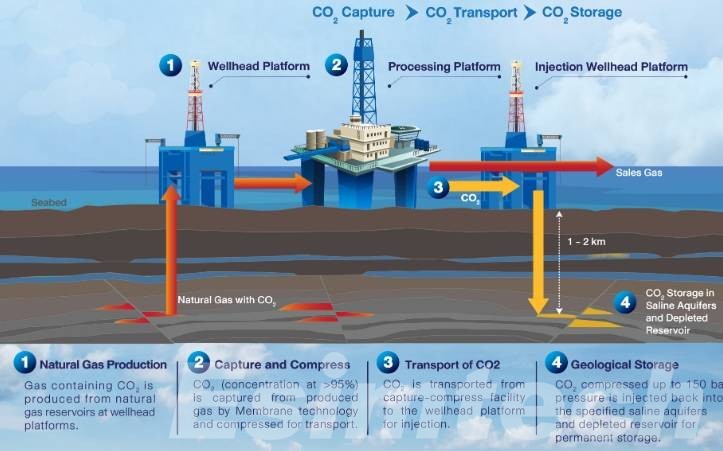
Future Outlook of Carbon Capture and Storage in Oil and Gas Drilling
| Future Outlook | Description |
| Technological Advancements | Continued innovation in CCS technology, leading to improved efficiency, lower costs, and broader applicability in oil and gas drilling. |
| Regulatory Support | Strengthening regulatory frameworks and incentives to encourage CCS adoption in oil and gas drilling, including carbon pricing mechanisms and subsidies. |
| Industry Collaboration | Increased collaboration among oil and gas companies, technology providers, governments, and research institutions to address technical challenges and drive CCS deployment. |
| Market Expansion | Growing demand for CCS solutions driven by climate change mitigation efforts, leading to expansion of CCS projects and markets globally. |
| Public Acceptance | Building public awareness and acceptance of CCS technology through education, outreach, and transparency about its benefits and risks. |
Simulation Technology Used for Carbon Capture and Storage in Oil and Gas Drilling
Simulation technology plays a crucial role in optimizing the implementation of Carbon Capture and Storage (CCS) in oil and gas drilling operations.
1. Reservoir Characterization
Simulation techniques are used to examine geological formations and find viable reservoirs for carbon dioxide storage. Advanced modeling techniques help assess reservoir properties such as porosity, permeability, and caprock integrity, essential for ensuring safe and effective carbon storage.
2. Injection Modeling
Simulation software simulates the injection process of carbon dioxide into underground reservoirs. By modeling fluid flow dynamics and pressure changes, engineers can optimize injection strategies to maximize storage capacity and minimize risks such as leakage or reservoir fracturing.
3. Geomechanical Analysis
Simulation tools assess the geomechanical response of reservoirs to carbon dioxide injection. This includes analyzing stress distribution, deformation, and potential seismicity to ensure that injection operations do not compromise reservoir integrity or trigger geological hazards.
4. Risk Assessment
Oil and gas simulation technology facilitates comprehensive risk assessment by modeling various scenarios and evaluating potential outcomes. This includes assessing risks related to leakage pathways, reservoir containment, and environmental impacts, enabling proactive mitigation measures to be implemented.
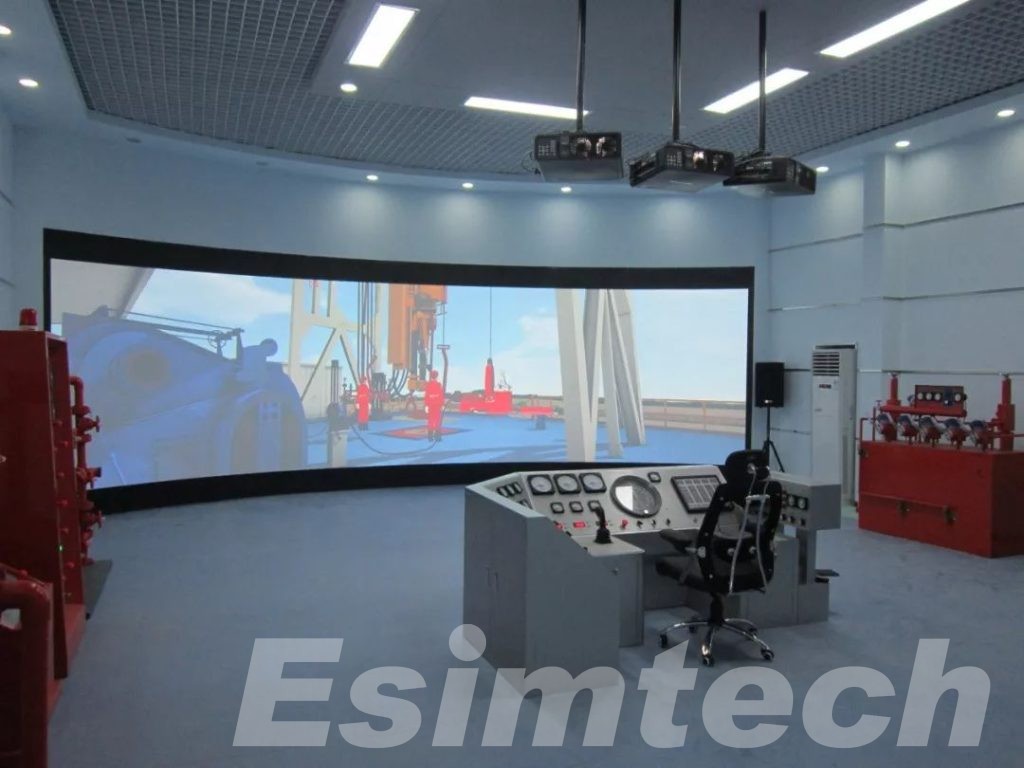
5. Monitoring and Verification
Simulation tools are utilized to develop monitoring and verification protocols for CCS projects. By simulating carbon dioxide migration and behavior within reservoirs over time, engineers can design monitoring systems to detect and track any deviations from expected outcomes, ensuring the effectiveness and safety of carbon storage operations.
6. Decision Support
Simulation technology provides decision support by simulating the economic and environmental implications of CCS implementation. Through cost-benefit analysis and environmental impact assessments, stakeholders can make informed decisions regarding CCS deployment, considering factors such as investment feasibility, emission reduction potential, and regulatory compliance.
7. Training and Education
Simulation software serves as a valuable training tool for personnel involved in CCS operations. Training simulations enable operators to become familiar with CCS operations, equipment, and simulates emergency response procedures in a safe and controlled environment, improving operational preparedness and safety.
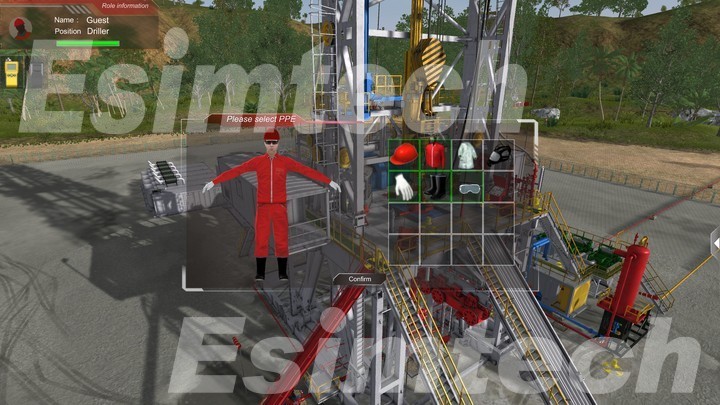
Conclusion
The integration of Carbon Capture and Storage (CCS) technology in oil and gas drilling operations represents a critical pathway to mitigating carbon emissions and combating climate change. By capturing and storing carbon dioxide emissions at the source, oil and gas companies may drastically minimize their environmental effect while also contributing to global climate change initiatives. From reservoir characterization and injection modeling to risk assessment and decision support, simulation tools help engineers optimize Carbon CCS projects, reduce hazards, and assure safe and effective carbon dioxide storage underground. While challenges exist, ongoing advancements and collaborative efforts are poised to accelerate the adoption of CCS in oil and gas drilling operations, paving the way for a more sustainable energy future.
